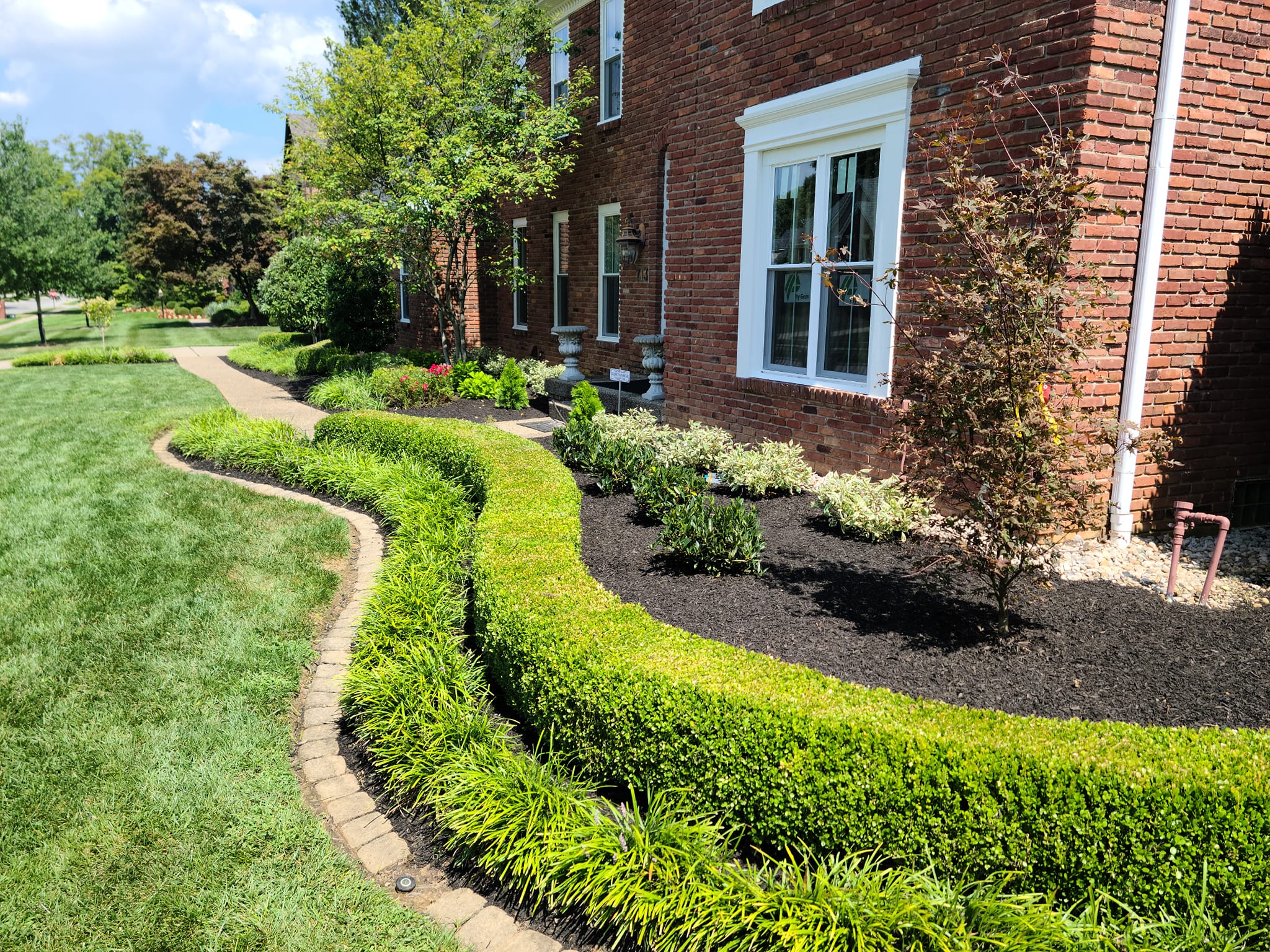
Eco-Friendly Landscaping Practices for a Sustainable Property Oct 01, 2025
To start with eco-friendly landscaping, consider the water efficiency of your property. Water conservation is crucial, especially in regions facing water scarcity. Opt for native plants that are adapted to the local climate and typically require less water. This strategy, known as xeriscaping, reduces the need for irrigation and maintenance significantly. Native plants also enhance the local ecosystem by providing habitats for local wildlife, such as birds and pollinators, making them an excellent addition to your sustainable property design.
Another effective practice is soil health management. Healthy soil is the foundation of any thriving garden and plays a vital role in water retention and carbon storage. Adjust the pH level of your garden soil to suit the plants you are growing. Adding organic matter such as compost can improve soil structure, enhance nutrient retention, and promote beneficial microorganisms. Composting is a sustainable practice that reduces waste and provides a natural fertilizer for your plants.
When it comes to hardscaping, choose materials responsibly. Use permeable materials for paving, such as permeable concrete, brick, or gravel, to allow rainwater to seep into the ground, reducing runoff and erosion. These materials help to recharge groundwater and can effectively reduce the impact of heavy rainfall. Additionally, sourcing local materials reduces transportation emissions and supports the local economy.
Integrated Pest Management (IPM) is another essential component of eco-friendly landscaping. This strategy employs a combination of biological, cultural, mechanical, and chemical tools to manage pests in an environmentally sensitive manner. Encourage natural predators, such as ladybugs or birds, to control pest populations and reduce the need for chemical pesticides. Planting diverse species can also prevent pest outbreaks by disrupting their habitat.
Energy efficiency is an often overlooked aspect of sustainable landscaping. Thoughtful placement of trees and shrubs can provide natural cooling and wind protection, reducing the energy required for heating and cooling your home. Deciduous trees, for instance, offer shade during hot summers and allow sunlight to warm your home in winter, optimizing your property’s energy use.
Finally, maintenance practices should align with your eco-friendly goals. Use electric or manual tools instead of gas-powered equipment to reduce carbon emissions and noise pollution. A regular maintenance schedule that includes mulching, pruning, and aerating can keep your landscape healthy while minimizing resource use.
In conclusion, adopting eco-friendly landscaping practices is a rewarding endeavor for any property owner. By prioritizing water efficiency, soil health, responsible material selection, pest management, and energy efficiency, you create a green oasis that benefits both the environment and your community. All Seasons Property Maintenance is committed to helping you transform your property into a sustainable landscape that thrives year after year. Embrace these practices and enjoy the long-term benefits of a greener, more sustainable future.
/filters:no_upscale()/media/4b6c051a-976e-4c4a-a502-b50946ecfff5.jpeg)
/filters:no_upscale()/filters:format(webp)/media/b2a675db-9dad-4f9d-9bf3-9a6e85ae5029.jpeg)